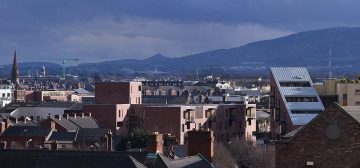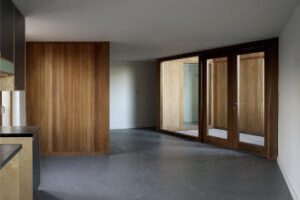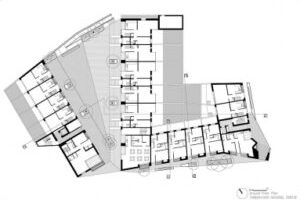The Empty Homes Initiative, Ireland
Main objectives of the project
Amid Ireland's housing crisis, Peter McVerry Trust's Empty Homes Initiative stands as a beacon of hope. By repurposing vacant properties for social housing, they address homelessness and housing shortages. Backed by advocacy efforts and financial support from the charity and government, initiatives like Repair and Leasing and Buy and Renew make significant strides in revitalizing communities. Their impact resonates through policy changes and increased public engagement, cementing their role as a key stakeholder in Ireland's social housing policy landscape.
Date
- 2015: Implementation
Stakeholders
- Peter McVerry Trust
Location
Country/Region: Dublin, Ireland
Description
Ireland grapples with a housing crisis fueled by soaring demand and stagnant construction rates, despite a vast number of vacant properties scattered across urban and rural areas. The situation has led to over 10,000 people facing homelessness while over 182,000 residential units remain unoccupied. In response, Peter McVerry Trust, a prominent non-profit housing association, initiated the Empty Homes Initiative in 2015 to tackle this paradoxical predicament.
The initiative, spanning 14 counties and conducted in collaboration with local authorities, aims to repurpose vacant properties for social housing, particularly targeting areas with acute housing shortages. Through a blend of advocacy and action, Peter McVerry Trust engages in public outreach, media campaigns, and policy lobbying to raise awareness and prompt solutions. Financially supported by the charity and the Department of Housing, Planning, and Local Government, the initiative utilizes schemes like the Repair and Leasing Scheme (an interest-free loan of up to €40,000 to bring the vacant property back into use for social housing) and the Buy and Renew Scheme (funding to purchase the empty property and bring it back into use) to revitalize empty properties for social housing purposes. In their website, one can find all the projects they have done.
The advocacy efforts of Peter McVerry Trust have yielded notable policy changes, including the inclusion of an Empty Homes Pillar in Ireland’s Housing and Homeless Strategy, the implementation of vacant homes reuse strategies, and the appointment of dedicated officers in local authorities. Additionally, the initiative has spurred discussions on measures like an empty homes tax and increased utilization of Compulsory Purchase Orders. Public awareness and engagement have also surged, reflecting a concerted effort to address Ireland's housing crisis at multiple levels.
The Peter McVerry Trust serves as a prime illustration of a stakeholder deeply involved in shaping social housing policy. Not only does it actively advocate for change, but it also takes tangible steps to address housing issues on a national scale.






